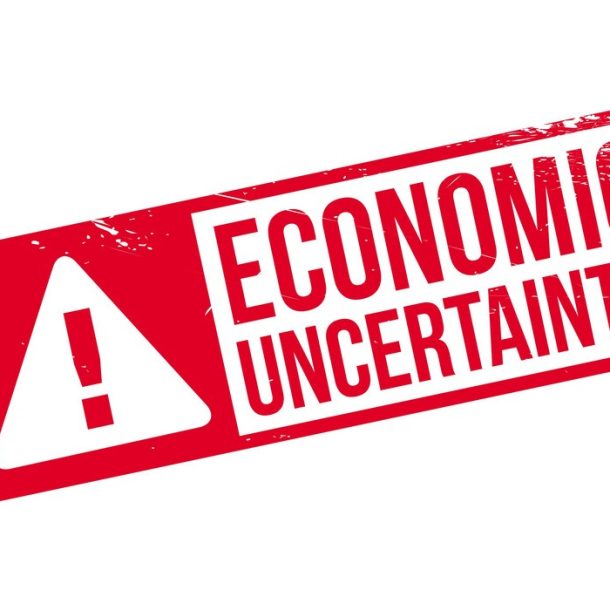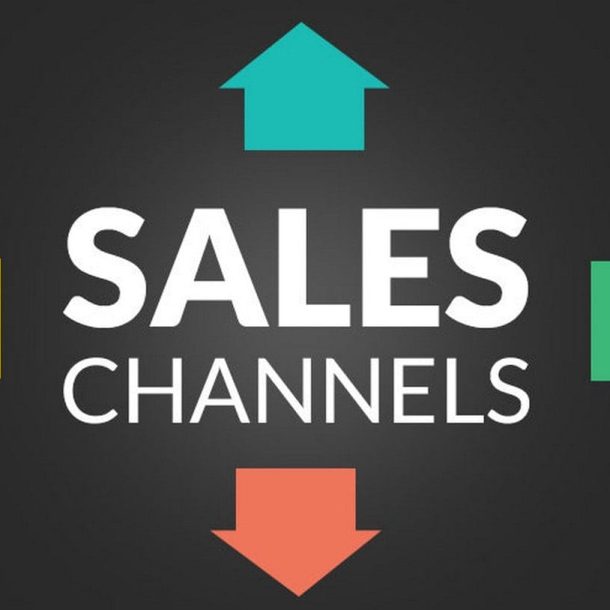
The Psychology of Pricing: Strategies for E-commerce Success
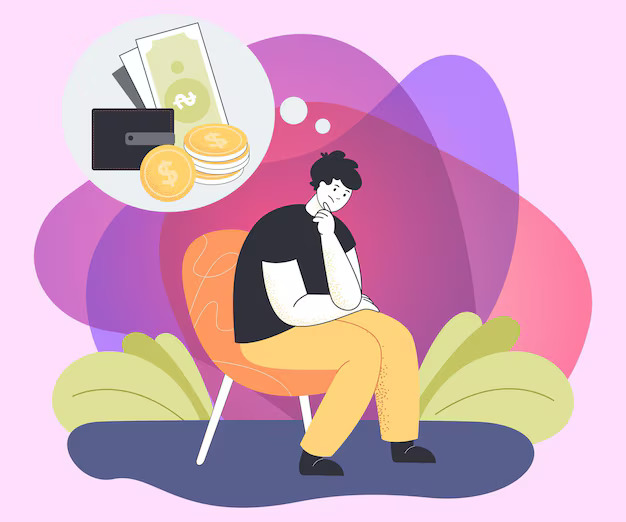
In the competitive world of e-commerce, pricing strategies can make or break a business. Understanding the psychological triggers behind consumer purchasing decisions empowers brands to optimize pricing for maximum sales and profitability. This article delves into proven psychological pricing strategies and how to effectively implement them in your e-commerce store.
1. Leverage Charm Pricing (The Power of $0.99)
Charm pricing is a classic strategy where prices end in “.99” or “.95” to make products appear cheaper than they are. This tactic takes advantage of the left-digit effect, where consumers focus more on the first number rather than the last. For example, pricing a product at $19.99 instead of $20.00 can subtly influence a buyer’s perception of value.
Actionable Tip: Use charm pricing for impulse purchases or items in competitive categories to create a psychological perception of affordability. For more insights, check out this guide on Shopify’s pricing strategies.
2. Implement Price Anchoring
Price anchoring involves displaying a higher-priced item next to a standard product to make the standard product seem like a better deal. Consumers subconsciously compare prices and often choose the mid-tier option, perceiving it as the most cost-effective.
Actionable Tip: Offer premium and standard versions of your product to guide customers toward the mid-range product. Walmart effectively uses this strategy across various product categories, making their pricing approach worth exploring

3. Bundle Products for Perceived Value
Product bundling encourages customers to purchase more by combining complementary products at a discounted rate. Bundling creates a perception of savings and added value, driving higher average order values.
Actionable Tip: Create product bundles that naturally go together—like a skincare set or a tech accessory pack. Learn more about product bundling in this Amazon seller guide.
4. Use Scarcity and Urgency Tactics
Limited-time offers and low-stock notifications trigger fear of missing out (FOMO), encouraging quicker purchasing decisions. Messages like “Only 2 left in stock!” or “Sale ends in 2 hours!” create urgency.
Actionable Tip: Incorporate countdown timers and stock level alerts on product pages. Shopify’s guide to creating urgency offers actionable steps for implementing this strategy.
5. Apply Decoy Pricing
Decoy pricing introduces a third, less attractive pricing option to influence buying behavior. For instance, offering a small coffee for $3, a medium for $6, and a large for $6.50 makes the large appear like a better deal, nudging customers toward it.
Actionable Tip: Introduce a decoy product tier to subtly guide customers to your most profitable option.
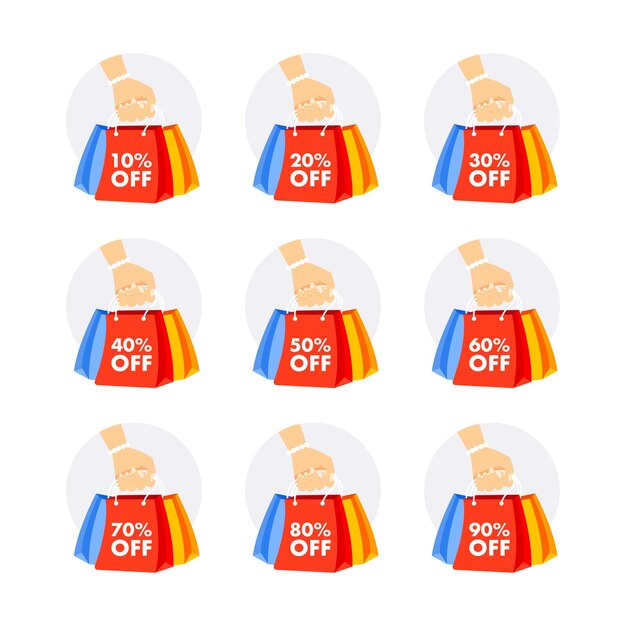
6. Highlight Discounts with Original Prices
Displaying the original price next to a discounted price emphasizes the savings and boosts conversions. This comparative pricing taps into the human tendency to avoid losses, making deals feel more attractive.
Actionable Tip: Use strikethrough pricing to clearly show discounts. Amazon uses this method effectively to highlight savings in their Lightning Deals.
7. Offer Free Shipping Thresholds
Consumers are more likely to increase their cart value to qualify for free shipping. Setting a minimum spend amount encourages customers to buy more to avoid shipping costs.
Actionable Tip: Implement a free shipping threshold slightly above your average order value. Check out this Shopify article on setting effective shipping strategies.
8. Use Subscription Models for Recurring Revenue
Subscription pricing provides predictable revenue and increases customer lifetime value. This model taps into consumer desire for convenience and savings over time.
Actionable Tip: Offer subscription options for consumable products. Explore how Amazon’s Subscribe & Save program can inspire your subscription model.
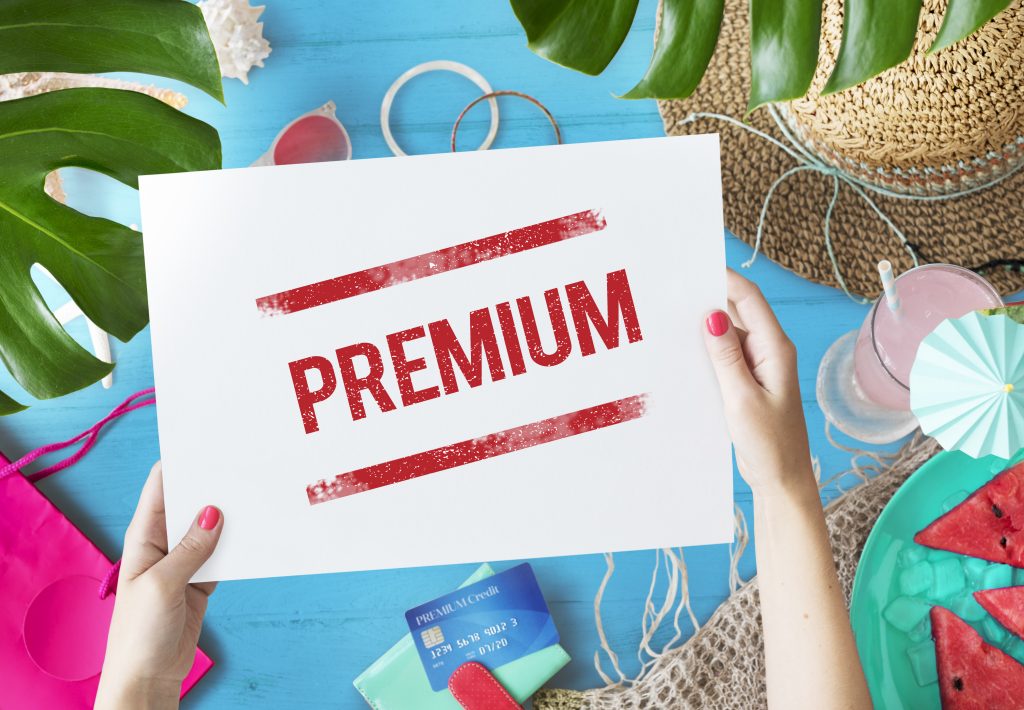
9. Price with Precision for Premium Products
Premium products benefit from precise, rounded pricing (e.g., $100 instead of $99.99), reinforcing the product’s high-end status. This communicates confidence in the product’s value.
Actionable Tip: Use whole numbers for luxury or premium items to signal quality.
10. Utilize Psychological Pricing Based on Buyer Personas
Different customers respond to pricing in unique ways. Understanding your target audience’s preferences can guide which psychological pricing tactics will be most effective.
Actionable Tip: Segment your audience and test various pricing strategies through A/B testing to identify what resonates best. Shopify’s guide to customer segmentation provides useful insights.
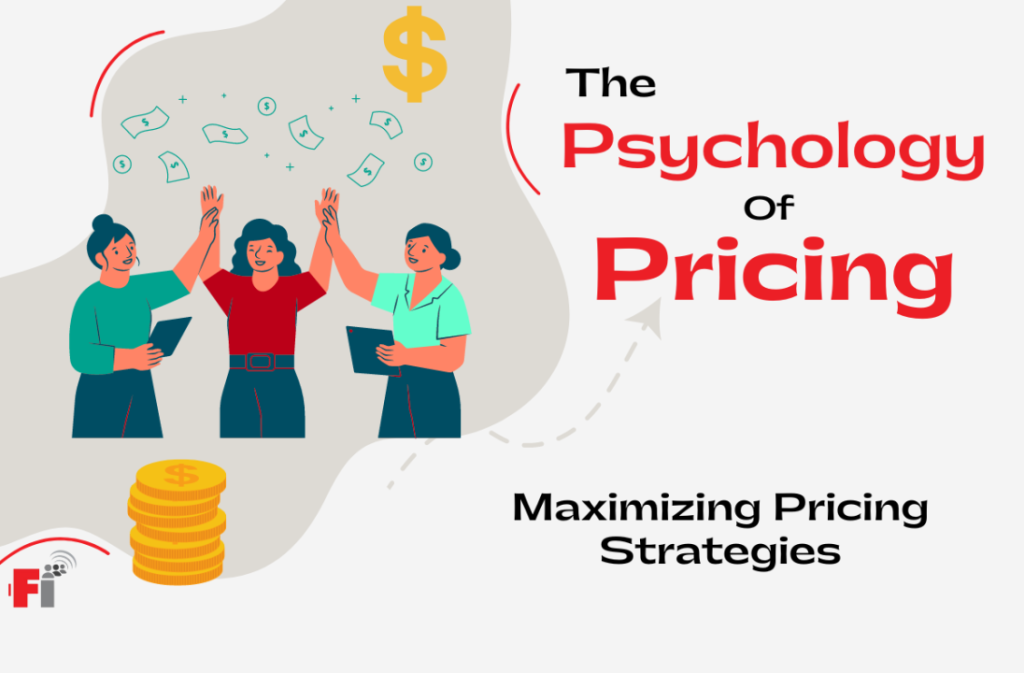
Final Thoughts
Mastering the psychology of pricing is crucial for e-commerce success. By understanding consumer behavior and implementing these proven strategies, businesses can drive conversions, boost revenue, and build brand loyalty. Stay proactive and continually refine your pricing tactics to stay ahead in the competitive online marketplace.
For more tips on optimizing your e-commerce strategy, explore Amazon’s Seller University or visit Shopify’s blog for additional resources.

